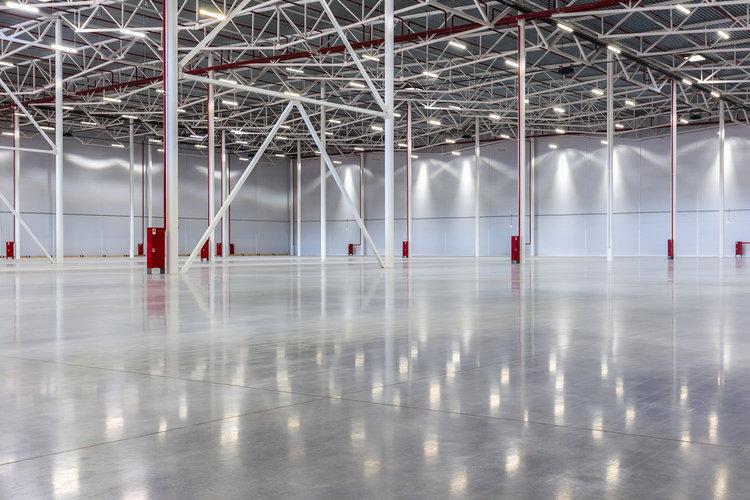What Are the Common Mistakes to Avoid in Grinding Concrete Floors?
Grinding concrete floors is a meticulous process that requires skill, precision, and attention to detail. Whether you’re preparing the surface for polishing or leveling out imperfections, avoiding common mistakes is essential to achieving optimal results. In this comprehensive guide, we’ll explore the most common pitfalls to steer clear of when grinding concrete floors, along with expert tips for ensuring a successful outcome.
Common Mistakes to Avoid in Grinding Concrete Floors
Insufficient Surface Preparation: One of the most common mistakes in concrete floor grinding is inadequate surface preparation. Skipping or rushing through this crucial step can lead to poor adhesion of coatings or sealants, uneven grinding results, and compromised durability. Before starting the grinding process, thoroughly clean the surface, remove any existing coatings or contaminants, and assess the condition of the concrete to identify areas that require special attention.
Using the Wrong Equipment or Tools: Choosing the appropriate equipment and tools for concrete floor grinding is paramount to achieving optimal results. Using the wrong grit size, type of grinding machine, or diamond tooling can result in inefficiencies, uneven grinding, and damage to the concrete surface. Consult with professionals or equipment suppliers to ensure you have the right tools for the job and familiarize yourself with their proper use and maintenance.
Overlooking Safety Precautions: Safety should always be a top priority when grinding concrete floors. Failure to observe proper safety precautions, such as wearing personal protective equipment (PPE), using dust control measures, and securing the work area, can lead to accidents, injuries, and health hazards. Be sure to follow safety guidelines provided by equipment manufacturers and regulatory agencies to protect yourself and others involved in the grinding process.
Neglecting to Test for Moisture Content: Moisture in concrete can interfere with the grinding process and compromise the integrity of coatings or sealants applied afterward. Neglecting to test for moisture content before grinding can result in adhesion failures, blistering, and other moisture-related issues down the line. Use moisture meters or moisture vapor emission rate (MVER) testing methods to assess the moisture levels in the concrete and take appropriate measures, such as moisture mitigation or moisture-resistant coatings, as needed.
Skipping Proper Grinding Techniques: Achieving consistent and uniform results in concrete floor grinding requires proper technique and methodology. Avoid common mistakes such as uneven pressure distribution, excessive grinding in one area, or neglecting to feather out grinding marks for a smooth finish. Take your time, work methodically, and follow recommended grinding patterns to ensure the removal of surface imperfections and a uniform appearance across the entire floor.
Failing to Monitor Grinding Progress: Monitoring the progress of the grinding process is essential for achieving the desired results. Failing to adjust grinding parameters, such as speed, pressure, or diamond tooling, based on the condition of the concrete can result in over-grinding, under-grinding, or missed spots. Regularly inspect the surface during grinding, assess the removal of imperfections, and make adjustments as needed to achieve the desired level of flatness and smoothness.
Skipping Surface Polishing or Sealing: Once the grinding process is complete, it’s essential to finish the surface with polishing or sealing to enhance its durability, aesthetics, and performance. Skipping this crucial step can leave the concrete vulnerable to stains, abrasion, and deterioration over time. Whether you’re aiming for polished concrete floors in the GTA or applying a protective sealer for added durability, be sure to complete the finishing process to maximize the benefits of concrete floor grinding.
Skipping Surface Repairs: Surface repairs, such as filling cracks, patching holes, and repairing spalls, should be addressed before initiating the grinding process. Neglecting to repair surface imperfections can result in uneven grinding, compromised aesthetics, and reduced durability of the flooring system. Take the time to assess the condition of the concrete and perform necessary repairs prior to grinding to ensure a smooth and uniform surface.
Overlooking Edge Grinding: The edges of concrete floors are often overlooked during the grinding process, leading to unevenness and inconsistencies in the finished surface. Neglecting to grind the edges can result in noticeable differences in level between the main floor area and the perimeter, detracting from the overall aesthetics and functionality of the space. Be sure to pay attention to edge grinding and feather out any transitions to achieve a seamless and uniform finish.
Conclusion:
Grinding concrete floors is a specialized task that requires careful planning, proper technique, and attention to detail. By avoiding the common mistakes mentioned above, you can achieve optimal results and ensure your concrete floors’ durability, aesthetics, and performance. Whether preparing for polished concrete or leveling out imperfections in GTA, taking the time to do it right will pay dividends in the long run.



